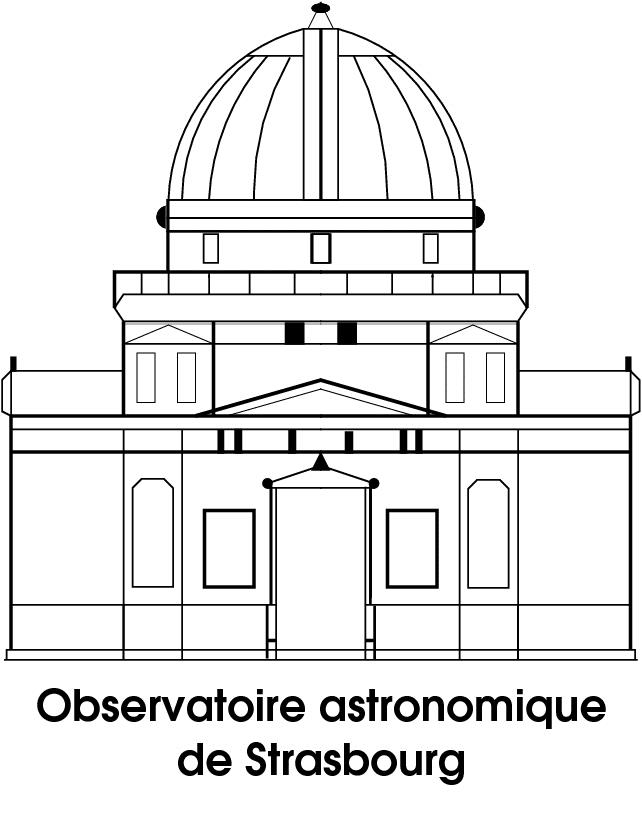A short history
of the Gamma Rays Bursts
observations
The history of the Gamma Ray Bursts (GRBs) has begun in the late 1960s
with the observation by the VELA military satellites of intense and
short bursts of gamma-ray radiation (typically between 0.2 and 1.5
MeV). These American satellites, which were especially designed to
observe the gamma ray signal produced by possible Soviet nuclear tests
in the Earth atmosphere, could not determine the direction of these
sources. However, in the early 1970s, a second generation of
satellites, the Advanced VELA, with pointing strategy based on the
arrival time difference between the satellites, could exclude a
terrestrial or solar origin. The very first scientific publication
reporting the observation of the 16 first GRBs has been then published
in 1973.


For a very long period, there was a heated debate
in the astronomical community on the origin and the distance of the
GRBs: were they produced in our own galaxy or in distant galaxies?,
which mechanism can release such an energy?, ...
The very first breakthrough has been performed by
the BATSE experiment on board the CGRO satellite, which has observed
more than 2500 GRBs between 1991 and 2000. The observations performed
by this experiment have shown remarkable properties:
- GRBs are very frequent: there is at least one
GRB per day in the Universe.
- The spatial distribution is isotropic. This
property has eliminated the scenarios with only a galactic plane origin
and was an indirect proof of an extragalactic or galactic halo origin.
Very active research have been undertaken to associate the gamma ray
signal produced by the GRBs with a counterpart in another domain of the
electromagnetic spectrum. However, they were unfruitful due to the
relatively large error box provided by BATSE (few degrees).
- The duration distribution is clearly bimodal:
the long GRBs, for which the duration is higher than two seconds,
represent approximately 75% of the events, the others being qualified
as short GRBs. This finding has caused deep consternation in the
scientific community. It would not be easy to find a single mechanism
to explain such a bimodal distribution. Might two different mechanisms
be a more likely explanation?
The second major breakthrough has been performed
in February 1997 by the BeppoSAX satellite. For the very first time, it
was possible to associate to a long GRB, GRB970228, an X ray emission,
allowing a refinement of its position to a precision better than few
arc minutes. Such a measurement has allowed the first observation of an
emission in the visible domain. This source called afterglow was
decaying on the scale of a few days.

In May of the same year, another optical afterglow
has been identified for a long GRB, GRB970508. A spectrum was acquired
and the measured redshift was equal to 0.69. This observation has
closed an interrogation of more than thirty years old: the long GRBs
occur at cosmological distances. In 2005, this measurement could be
also performed for a short GRB, GRB 050709. The observed redshift,
z=0.16, has shown that short GRBs occur also at cosmological distances.

There is now no doubt that long and short GRBs are
produced at cosmological distances. Taking into account the energy
measured on Earth, they are among the most energetic phenomena since
the formation of our Universe.
|
 The SVOM French Web Site
The SVOM French Web Site











